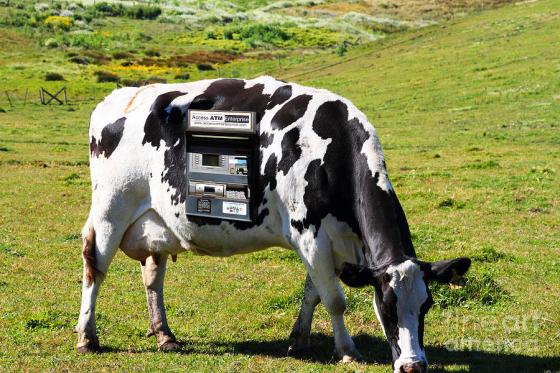Rental Yield And Finance: Is The Cash Cow Dead?
Rental yield is one of the main ways investors can generate a return on their investment. The return profile is an important factor to consider when purchasing property – but what impact does your portfolio’s rental yield have on your current & future borrowing capacity?

Rental yield is one of the main ways investors can generate a return on their investment. The return profile is an important factor to consider when purchasing property – but what impact does your portfolio’s rental yield have on your current & future borrowing capacity?
Today there is a misconception that ‘cash cows’ or ‘high yielders’ are key to solving serviceability issues investors face. There was a time not too long ago where it was possible for 6% yielding assets to increase your portfolio’s borrowing power. Median income investors accumulating property during the 2011-2015 period used this fact to build very large investment portfolios in high yielding areas.
However, like most sources of income, the role of yield has lost much of the leveraging potency it once had. Let’s look more closely at the numbers:
Impact of yield on individual purchases:
With most lender calculators, an extra 1% rental yield on $1 million worth of property adds about $50-60k to your borrowing power. That is, an extra $10,000 p.a. in rental income, increases your borrowing capacity by around $50-60k. Some lenders are more favourable than others, depending on whether they take gross or net rental income. As an illustration, this has been modelled with each of the big 4 banks.
The figures above are based on a test case of an 80% LVR portfolio for a 140k gross income couple, renting at $500 p/w and a $6k credit card. Also, note that Westpac has had recent serviceability changes since the modelling & charting was done for this post.
Impact of yield on your ability to generate a portfolio:
To take things one step further, I have also modelled out a more dynamic scenario. These charts show borrowing capacity as more debt is acquired at different yields. Note, many lenders don’t allow yields above 6% to be factored into serviceability.
Observations:
Your borrowing power falls as your portfolio grows, regardless of the yield your portfolio is at. Additional yield has a positive impact, varying slightly depending on the taxation treatment of rental income of individual lender calculators.
An additional 1% rental yield across a $2million portfolio increases your borrowing power by around $100k with individual lenders. Using a structured lending approach and using non-bank funders, you can double this borrowing power impact on your total portfolio (finance multiplier).
That is, an additional 1% rental yield on a $2million portfolio may grow your portfolio size by around $200k. Said differently, an additional 1% yield across your portfolio will increase your total portfolio size by around 10%.
Additional yield works best is for individual purchases, where the extra % yield can stretch the budget marginally further.
How investors may react to this information:
Yield is certainly an important consideration to your purchase decision. In 2017 though, it does however have a smaller borrowing capacity impact than most people would think.
Yield is no longer the fuel to leveraging very large portfolios. It will marginally increase your total portfolio size. If you are a ‘yield investor’ because you want to have a bigger portfolio size, you may want to consider how much bigger your portfolio is actually going to be.
For most early-stage investors who are attracted to ‘larger, high yield’ portfolios, the yield return itself is unlikely to build you the capital you need to achieve standard long-term wealth creation goals.
In my opinion, property investors borrowing capacity is now scarcer than it was before. Quantity of borrowing power/properties is now more limited. This should encourage investment strategies to focus on quality, not quantity. Note that yield doesn’t necessarily mean lower quality or a lower growth rate.
I hope this information helps educate property investors about their overall property strategies in the 2017 and beyond credit environment. What worked in previous credit environments isn’t necessarily the same formula to success in this one.
Interesting read. If you're a real estate investor looking for high yield portfolios - one thing to consider might be to become the bank. Start looking for opportunities to make short term high interest loans secured by real estate - for other investors and house flippers. If you provide favorable terms , then you can outshine other local private money lenders and put your money to work. You have to be careful how many loans you make in a year - but follow your local laws and you can collect passive real estate income without even having to buy or sell it.
Thanks @jorlauski. Staying on top of current lending legislation is critical to maximising your investment.